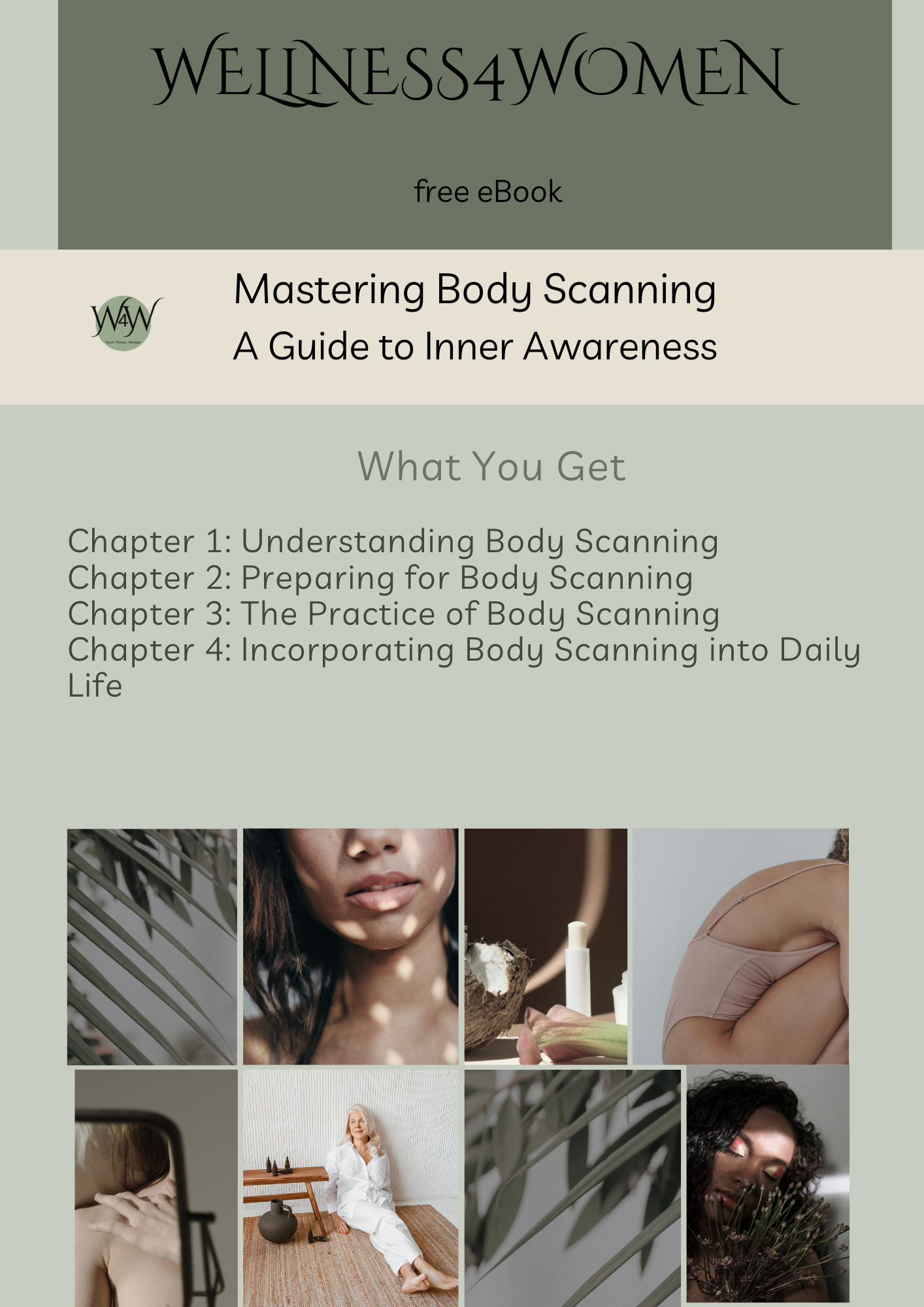Most people on the planet have experienced depression at some point in their lives.
I suffered from childhood depression before it was known what it was. Like most teenagers, I experienced mood swings that come from intense hormone and psychological changes. When I gave birth to my third child in four years, I plummeted into the depths of the baby blues that rendered me physically incapable of regular everyday activity, so I spent many of my waking hours bedridden.
Over time, I have learnt how my mind, body, and spirit respond and how I overcame depression. In this blog, I have briefly shared one way that has worked for me today.
If you are suffering from depression, I hope today’s blog will set you on the wellness journey.
Let me know if this is helpful to you.
A Creative Way to Cope with Depression
Creating a blog about coping with depression can be a helpful and therapeutic way to share your experiences, insights, and coping strategies with others. Here’s a guide to help you get started:
Start with Your Story:
Share your personal journey with depression; you will be surprised how so many women will benefit from your story. Be honest and authentic about your experiences, including the challenges and victories. This helps readers relate to your blog on a deeper level.
Educate and Raise Awareness:
In your blogs, provide information about depression, its symptoms, and how it affects people. Your story will help break down misconceptions and stigmas surrounding mental health. Share relevant statistics and facts to increase awareness.
Coping Strategies:
Share the coping mechanisms that have worked for you. This can include therapy, medication, mindfulness techniques, exercise, or any other strategies that have positively impacted your mental health.
Create a Supportive Community:
Encourage readers to share their own stories and coping strategies in the comments section. Building a supportive community can help create a sense of belonging and reduce feelings of isolation.
Regular Updates:
Consistency is key. Post regularly to keep your audience engaged. Share updates on your personal journey, new coping strategies you’ve discovered, or any relevant news in the mental health space.
Guest Posts:
Invite guest bloggers to share their experiences and coping strategies. This adds diversity to your content and provides different perspectives on depression.
Resources and Tools:
Compile a list of helpful resources, such as books, websites, apps, and people you can reach out to for support. Include information on seeking professional help if needed.
Positive Affirmations:
Incorporate positive affirmations and uplifting messages in your blog. Encourage readers to focus on self-love.

How to Start a Simple Blog
I learnt to blog and how to build my website by watching hours and hours of helpful YouTube videos. I encourage you to Search on YouTube, and you will find hundreds of ‘How To’ videos that suit your needs.
However, let me know if you want me to build your first WordPress website/ blog. I will be happy to help out.
Starting a simple blog is an exciting endeavour that allows you to share your thoughts, experiences, or expertise with a broader audience. Here’s a step-by-step guide on how to start a primary blog:
Choose a Blogging Platform
– WordPress: is what I use for all my sites becuase It’s user-friendly and the most popular platform in the world, so it’s widely used. You can choose between WordPress.com (hosted by WordPress) or WordPress.org (self-hosted).
– Blogger: Owned by Google was my first blog because it’s free, easy to use, and integrates well with other Google services. Although it does not rank well in search engines.
– Medium.com: Simple and elegant, with a built-in audience. Ideal for those who want to focus more on writing and less on design. I also am a medium.com blogger, and my experience with them is good.
Remember- There are many other platforms out there; research and choose one that suits your needs.
Select a Domain Name
– Choose a domain name that reflects your blog’s theme or your personal brand.
– Keep it short, memorable, and easy to spell.
Register Your Domain
– Go to a domain registrar like Namecheap or GoDaddy to register your chosen domain name.
Consider privacy protection to keep your personal information private.
Choose Hosting (for Self-Hosted Platforms):**
– Choose a hosting provider if you opt for a self-hosted platform like WordPress.org. Popular options include Bluehost, SiteGround, or HostGator.
I chose this one because it’s affordable and easy to install and use.
Install Your Blogging Platform
– Follow the platform-specific instructions to install and set up your blog.
– Customize your blog’s appearance and layout.
Create Compelling Content -How?
– Identify your niche or main topics.
– Plan your content – start with a few initial posts.
– Craft engaging, well-written content that adds value to your readers, encouraging them to return for more great content.
Include Visuals
– Add images, infographics, or videos to make your posts visually appealing.
– Ensure media files are optimized for web use to maintain fast loading times.
Implement Basic SEO:
This takes some learning, but it is possible even for those without technical knowledge.
– Use relevant keywords in your blog posts.
– Install an SEO plugin (if using WordPress) to help optimize your content for search engines.
Engage with Your Audience
– Respond to comments on your blog.
– Share your posts on social media.
– Interact with your audience on social platforms.
Monetization (Optional)
– Explore ways to monetize your blog, such as affiliate marketing, sponsored posts, or selling products.
– Ensure your monetization methods align with your blog’s content and audience.
Promote Your Blog
– Share your blog posts on social media platforms.
– Connect with other bloggers in your niche.
– Consider guest posting on other blogs.
Learn, Adapt and Have Fun
– Stay updated on blogging trends and best practices.
– Analyze your blog’s performance using analytics tools.
Protect Your Content
– Add a copyright notice to your blog.
– Regularly back up your blog to prevent data loss.
Stay Consistent
This is not always easy, and I have struggled with this one. But now I have put a system in place that is working. Please subscribe if you would like a copy of my W4W planning system. Here’s how to stay consistent.
– Maintain a consistent posting schedule.
– Keep evolving your content based on audience feedback and your interests.
I hope this blog has been helpful, and remember that Starting a blog is a journey, an adventure!
The key is to enjoy the process and face the challenges as they come. Over time, you’ll refine your skills, build your audience, and create a space that reflects your unique voice and perspective.
I encourage you all to share their own stories and health and wellness strategies in the comments section.
Remember you only have one life, so- Live Life on Purpose in Faith, Hope, and Love-Virtual hugs – Paula Rose.
Paula Rose, An author/writer and wellness consultant. I enjoy writing about Holistic Wellness and developing my business. Wellness4Women helps women be happy and healthy with a holistic preventive health approach. I have worked internationally with over 40 years of experience, having a Bachelor of Pastoral Counselling and Theology and a Master of Arts in Counselling & Professional Development. For more Great tips, visit and explore https://wellness4women.blog
You will also find many of my articles on Other Platforms-
https://paularoseparish54798.medium.com
https://www.youtube.com/channel/UCvdQ4NPTNfXSnwd3pimPh0g
https://gravatar.com/paularoseparish
You’ll find my books on Amazon, and If you wish to connect with me, please do so at paularose@wellness4women.blog.
Copyright © 2024. Paula Rose Parish. All Rights Reserved. Wellness4Women



